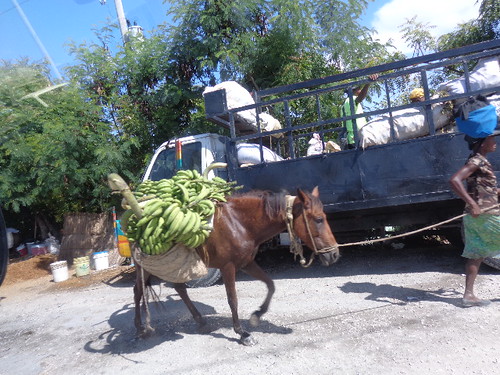
This post is part of the Science Tuesday feature series on the USDA blog. Check back each week as we showcase stories and news from the USDA’s rich science and research portfolio.
During the month of April we will take a closer look at USDA’s Groundbreaking Research for a Revitalized Rural America, highlighting ways USDA researchers are improving the lives of Americans in ways you might never imagine, and helping improve the world.
Following the January 2010 earthquake in Haiti, the Haitian Ministry of Agriculture saw the need for market information and reliable and timely agricultural data. With the help from USDA’s National Agricultural Statistics Service (NASS) and the U.S. Agency for International Development (USAID), the government surveyed farmers across Haiti and will publish the responses in its first-ever Statistical Agricultural Production Report, scheduled to be released tomorrow, April 16.
USDA and USAID jointly assisted the Haitian government in an effort to improve the quality and quantity of agricultural information available to Haitian decision makers with funding managed by the Foreign Agricultural Service.
Prior to this effort the Haitian government would contact officials in each of the 10 departments and ask for data on the agricultural production. This information was neither standardized nor verifiable, which meant that the work to develop a statistically viable system had to be started virtually from scratch.
The international team involved nine NASS employees, 15 employees from the Agricultural Sub-Structure of Statistics and Informatics (SSSAI) and Ministry of Agriculture Natural Resources and Rural Development of Haiti (MANNDR), 200 local enumerators, 30 local supervisors, and many other USDA and Haitian government officials. Eighty percent of the 4,975 farm operators who were included in the sample responded to the survey.
NASS collaborated with the SSSAI providing guidance on the design, sample, procedures, training, analysis and implementation of the nationwide survey during 2013. We also helped develop the list frame system and a data summarization system.
The report will include data on Haiti's livestock and spring crop season. Data will be reported at the national level and for each of its ten departments. But this report is just the first step in Haiti’s quest to strengthen its food security. Haiti has three growing seasons and this report only reflects data from the spring season.
